- About us
- Support the Gallery
- Venue hire
- Publications
- Research library
- Organisation chart
- Employment
- Contact us
- Make a booking
- Onsite programs
- Online programs
- School visit information
- Learning resources
- Little Darlings
- Professional learning
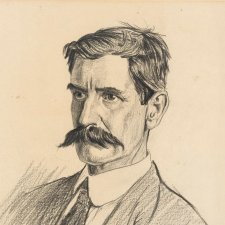
Sarah Engledow ponders the divergent legacies of Messrs Kendall and Lawson.


Andrew Sayers asks whether a portrait can truly be the examination of a life.
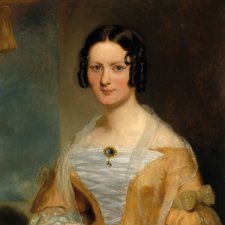
Henry Mundy's portraits flesh out notions of propriety and good taste in a convict colony.
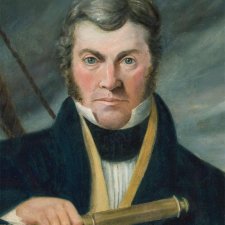
This issue of Portrait Magazine feature Lucian Frued, John Witzig, colonial death portraits, William Kinghorne, Henry Crock, and more.
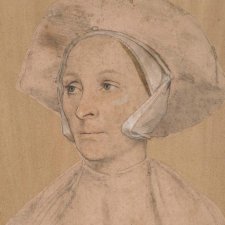
An exhibition devoted to Hans Holbein's English commissions shows the portraitist bringing across the Channel new technical developments in art - with a dazzling facility.
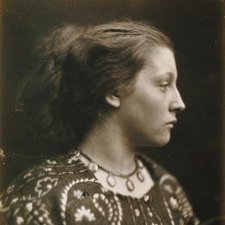
In March 2003 Magda Keaney travelled to London to join the photography section of the Victoria & Albert Museum for three months.
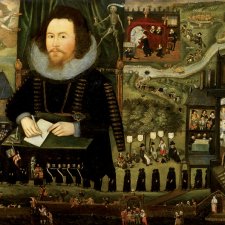
Alison Weir explores the National Portrait Gallery, London and the BP Portrait Award to find what makes a good painted portrait - past and present.
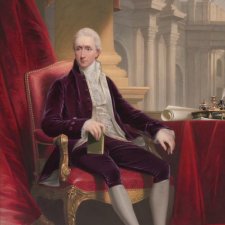
Angus Trumble reveals the complex technical mastery behind a striking recent acquisition, Henry Bone’s enamel portrait of William Manning.
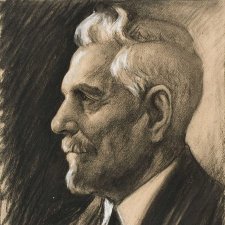
Sir Sidney Kidman (1857-1935) is inscribed in Australian legend as the ‘Cattle King’.
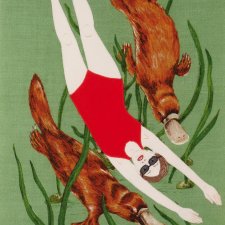
Carrie Kibbler looks at how portraiture fits into the Australian Artbank Collection.
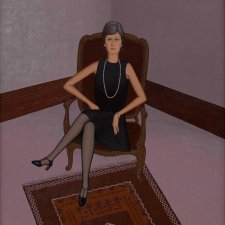
Andrew Sayers discusses the portrait of Dr Joan Croll AO by the Australian artist John Brack.
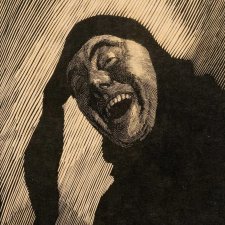
Michelle Fracaro describes Lionel Lindsay's woodcut The Jester (self-portrait).
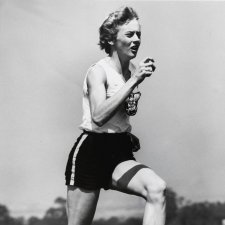
Former NPG Deputy Director, Simon Elliott talks with Ern McQuillan about his life and career as a sports photographer.
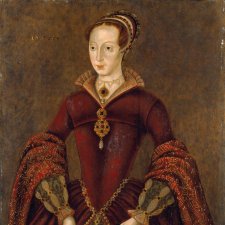
Traversing paint and pixels, Inga Walton examines portraits of select women in Tudors to Windsors: British Royal Portraits.
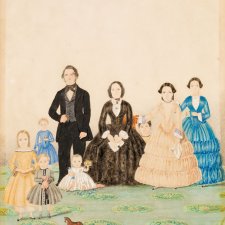
Jo Gilmour uncovers endearing authenticity in the art of a twice-transported Tasmanian.
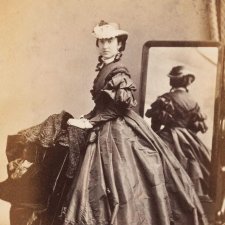
The death of a gentlewoman is shrouded in mystery, a well-liked governor finds love after sorrow, and two upright men become entangled in the historical record.

Sarah Engledow on a foundational gallery figure who was quick on the draw.
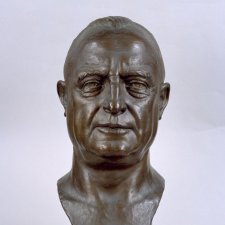
The life and achievements of Sir Edward Holden, who is represented in the portrait collection by a bust created by Leslie Bowles.
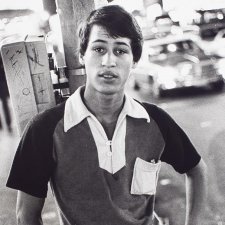
Christopher Chapman immerses himself in Larry Clark’s field of vision.
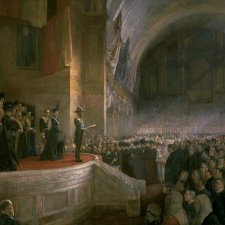
Celebrates the centenary of the first national art collection, the Historic Memorials Collection, housed at Australia's Parliament House.
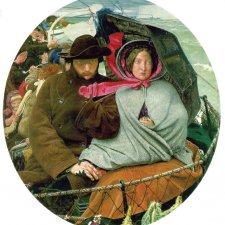
In 2006 the National Portrait Gallery acquired a splendid portrait of Victoria's first governor, Lieutenant Governor Charles Joseph La Trobe by Thomas Woolner.
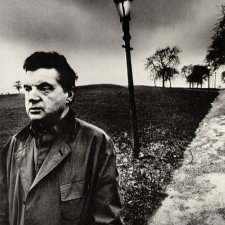
Mark Haworth-Booth explains why Bill Brandt is one of the most important British photographers of the Twentieth Century.
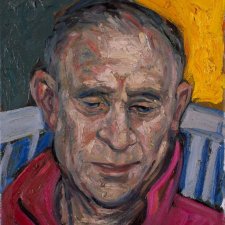
The exhibition Portraits for Posterity celebrates gifts to the Gallery, of purchases made with donated funds, and testifies to the generosity and community spirit of Australians.

The portrait of Janet and Horace Keats with the spirit of the poet Christopher Brennan is brought to life by artist Dora Toovey.
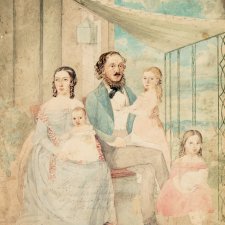
The art of Australia’s colonial women painters affords us an invaluable, alternative perspective on the nascent nation-building project.
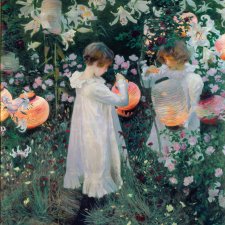
John Singer Sargent: a painter at the vanguard of contemporary movements in music, literature and theatre.

Celebrating a new painted portrait of Joseph Banks, Sarah Engledow spins a yarn of the naturalist, the first kangaroo in France and Don, a Spanish ram.

English artist Benjamin Duterrau took up the cause of the Indigenous peoples of Tasmania with his detailed and sympathetic renderings.
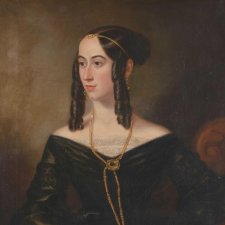
Emma Kindred examines fashion as a representation of self and social ritual in 19th-century portraiture.
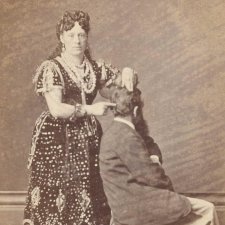
Alexandra Roginski reveals a forceful feminist figure in the colonial period’s slippery science, phrenology.
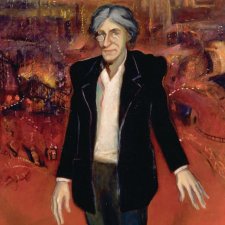
Martin Sharp fulfils the Pop art idiom of merging art and life.
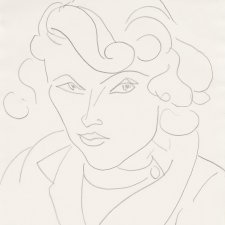
National Gallery of Australia curator Jane Kinsman discusses the portraiture of Henri Matisse.

The story behind two colonial portraits; a lithograph of captain and convict John Knatchbull and newspaper illustration of Robert Lowe, Viscount Sherbrooke.
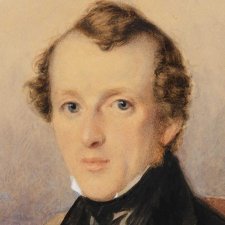
Michael Desmond examines the career of the eighteenth-century suspected poisoner and portrait artist Thomas Griffiths Wainewright.
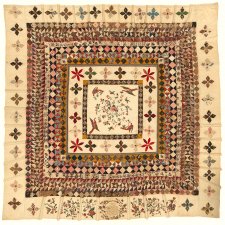
The Rajah Quilt’s narrative promptings are as intriguing as the textile is intricate.
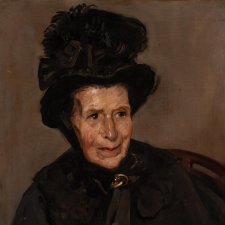
Joanna Gilmour profiles Violet Teague, whose sophisticated works hid her originality and non-conformity in plain sight.
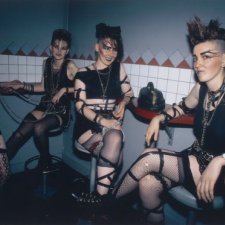
The exhibition Aussies all features the ecclectic portrait photography of Rennie Ellis which captures Australian life during the 70s and 80s.
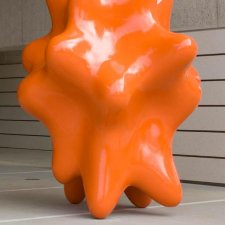
James Angus discusses his major sculpture commission Geo Face Distributor with Christopher Chapman.
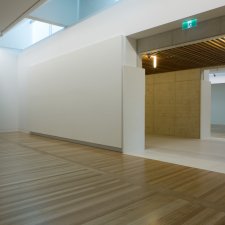
Christopher Chapman highlights the inaugural hang of the new National Portrait Gallery building which opened in December 2008.
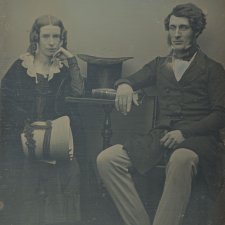
At just 7.8 x 6.2 cm, the daguerreotype of Thomas Sutcliffe Mort and his wife Theresa is one of the smallest works in the collection of the National Portrait Gallery.
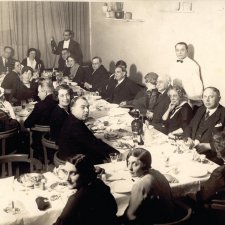
Anne Sanders finds connections in Inner Worlds between Hungarian expatriates and the development of psychoanalysis in Australia.
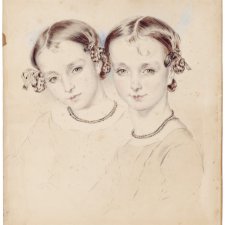
Joanna Gilmour explores the life of a colonial portrait artist, writer and rogue Thomas Griffiths Wainewright.
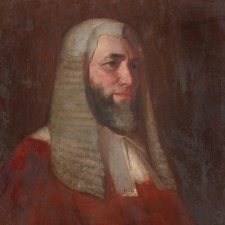
Family affections are preserved in a fine selection of intimate portraits.
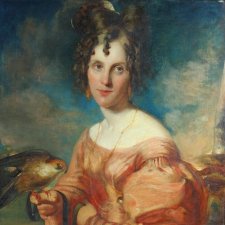
Charting a path from cockatiel to finch, Annette Twyman explores her family portraits and stories.
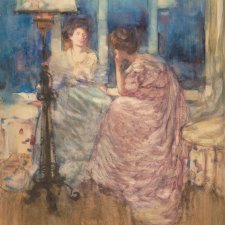
Penelope Grist finds inspiration in pioneering New Zealand artist, Frances Hodgkins.
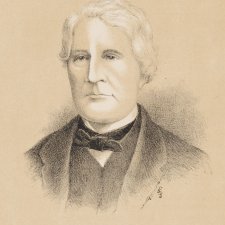
Grace Carroll on the gendered world of the Wentworths.
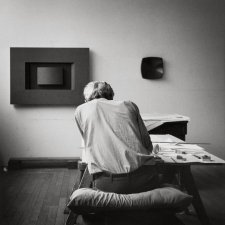
An extract from the 2004 Nuala O'Flaaherty Memorial Lecture at the Queen Victoria Musuem and Art Gallery in Launceston in which Andrew Sayers reflects on the unique qualities of a portrait gallery.
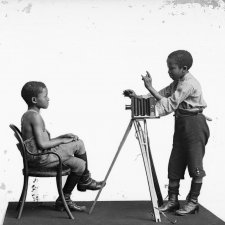
Krysia Kitch reviews black chronicles at the National Portrait Gallery, London.
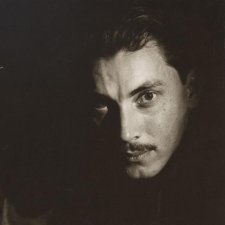
Christopher Chapman takes a trip through the doors of perception, arriving at the junction of surrealism and psychoanalysis.
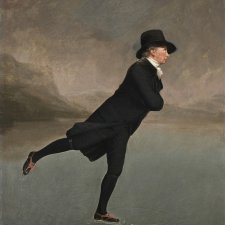
Diana O’Neil samples the tartan treats on offer in the Scottish National Portrait Gallery.

Joanna Gilmour discovers that the beards of the ill-fated explorers Burke and Wills were as epic as their expedition to traverse Australia from south to north.
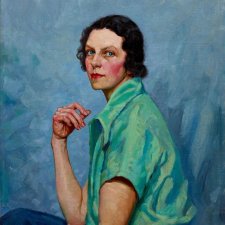
Archie 100 curator (and detective) Natalie Wilson’s nationwide search for Archibald portraits unearthed the fascinating stories behind some long-lost treasures.

Despite once expressing a limited interest in the self portrait, the idea of it has figured strongly in much of Tracey Moffatt's work and has done so in some of her most distinctive and compelling images.

Sir William Dobell painted the portraits of Sir Charles Lloyd Jones and Sir Hudson Fysh, who did much to promote the image of Australia in this country and abroad.

Alexandra Roginski gets a feel for phrenology’s fundamentals.
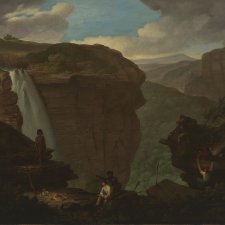
The London-born son of an American painter, Augustus Earle ended up in Australia by accident in January 1825.
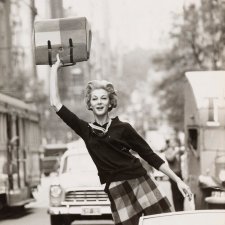
Dr Sarah Engledow puts four gifts to the National Portrait Gallery’s Collection in context.
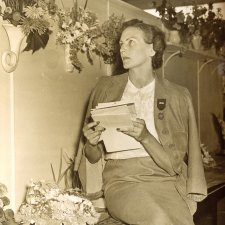
Sarah Engledow lauds the very civil service of Dame Helen Blaxland.